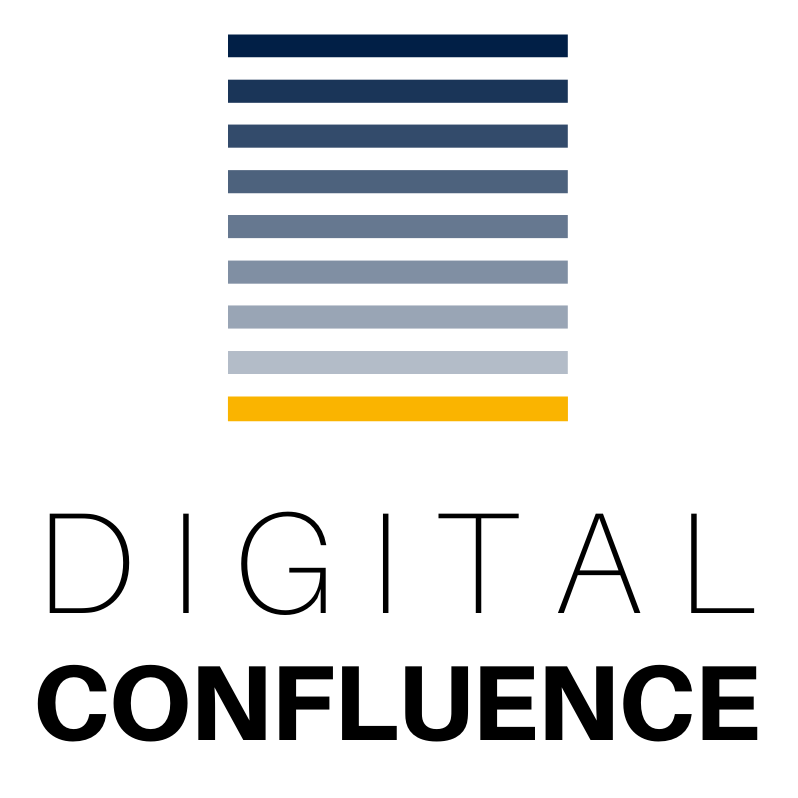
An Open Letter
Written by Rowena Morais
If your business has fewer than 20 employees, and you’re doing it tough, or about to embark on your new business, let me start with a massive congratulations. You’re part of (or about to be part of) the 97% of all Australian businesses that are small businesses as of June 2024. Here are five things that you should know, from a branding and marketing perspective, as you head into 2025.
As a small business owner, you’re doing it all — finance, operations, logistics, sales, marketing, and human resources. It can feel overwhelming because it is. Often, it will get a lot harder before it gets easier. This year marks 20 years that I’ve been an entrepreneur, and as a small business owner myself, this is what I’d like to share with you.
1. Sales and Marketing are Core Activities You Need to Engage In Consistently
I get it – things can get busy and there are often many fires to put out (the “Urgent” bucket). However, sales and marketing fall into the “Important” bucket. Without them, the driving force of your business – revenue — will fall.
If you’re a business owner with no sales team, you’ve got to become comfortable with engaging in sales and marketing activities. Learn how to sell and craft a sales strategy that works best for you and your business. Without this, your business will struggle.
On the other hand, if you have a small sales and marketing team, you will need to provide them with strategic direction.
You can’t leave them to figure it out themselves. And you’ll need to monitor and assess their performance to determine the changes required. Failing to do so or doing this too late can have disastrous consequences for a small business.
💡 Tip: Build habits around sales and marketing activities so they become part of your daily routine. Think about what moves you in the marketing you see and which you experience with the brands you engage with. Let those reflections inform your approach.
But also, stay the course and be patient. Things take time to build and generate an impact. Don’t set unrealistic expectations for your sales and marketing activities, as this may cause you to change course prematurely if you don’t get the results you expect.
“If we can’t articulate the value of our business— or if we don’t know exactly what this is — our audience won’t either.”
2.You Have It Within You To Get This Done
Look within and build up your internal knowledge in your chosen field. Be clear about your deliverables. It’s common when you’re first starting your business to feel uncertain, uncomfortable, and even, lack confidence. But this is when you need to care for your dream and mission.
Sometimes, seeking external advice and support can backfire. Our dreams are fragile, and in the early stages, they require our full support and protection.

3. Your Founder Brand is as Important as Your Business Brand
Some small business owners view any marketing focus on themselves as self-promotion and may be reluctant to put themselves out there. They may avoid updating their LinkedIn profile, connecting with new people on social media, writing articles, or even engaging with others on their posts.
Some believe that their work should speak for itself. I disagree, and here’s why.
We are all unique individuals, marked by our different cultures, languages, norms, socio-economic backgrounds, and more.
All of this contributes to who we are, and influences how we respond to the varied challenges of our professional lives. These factors shape how we experience a situation and the meaning we ascribe to it.
Engaging with others, presenting our viewpoints, and hearing different perspectives, provide opportunities to reconsider, to rediscover, and be seen, heard, and understood.
I don’t see sharing my perspective as self-promotion, but as a way to engage, dialogue, and learn.
I’ve been the grateful recipient of such insights shared by others on similar journeys and I’ve found their ideas constructive, informative and inspiring. I view their sharing as an act of generosity.

4. Get Clear on What Is Unquestionably and Uniquely You
With such an array of services and products available in the market today, it can be difficult to stand out.
And we don’t just want to stand out for the sake of it — we want to stand out for the right reasons. This means we have to know exactly what we want to say about our business and articulate its unique value. We must be clear about our brand position.

5.Take a Holistic Approach to Your Revenue-Generating Activities
Start by building a deeper understanding of revenue-generating activities. If you’re not making money in your business, it’s not a business.
Examples of revenue-generating activities include reviewing your sales compensation plans and considering any changes to be made to your business positioning. You may make changes to your pricing such as implementing premium pricing or offering discounts during festive periods or holidays.
More importantly, avoid focusing on one or two sales and marketing activities in isolation.
For example, you may write monthly articles but avoid social media posts and any social engagement. Or you may be active on social media but neglect to keep your website fresh and dynamic.
Sales and marketing activities are inter-connected and rely on each other.
Direct outreach, face-to-face networking, website, social media, and content marketing all need to work together and be aligned.
This pulls everything together in a more coherent manner and allows you to leverage what you’ve already accomplished. For example, an article could be promoted through several different social media posts that focus on different angles of the same content.

The good news? There are so many tools, tips and resources right at our fingertips today, many of which are free or available at little cost. You have the power to build an audience, connect, engage, and inspire — and that is incredibly powerful.
Ready to elevate your business? If you’re looking for guidance on brand positioning or how to effectively market your small business, let’s connect! Let’s discuss how we can work together to grow your brand and drive success in 2025.
#BrandPositioning #marketing #communication #SmallBusinessOwner #SMEsuccess
